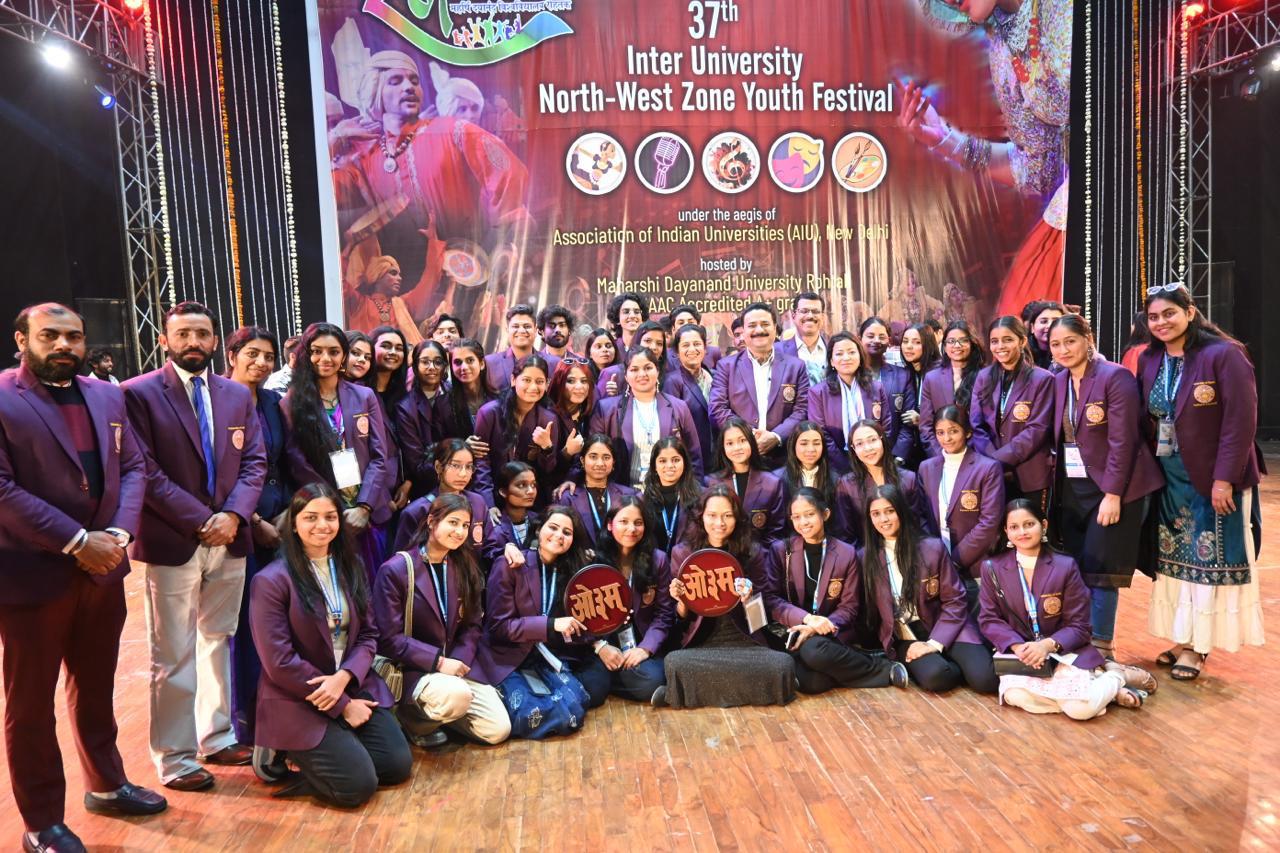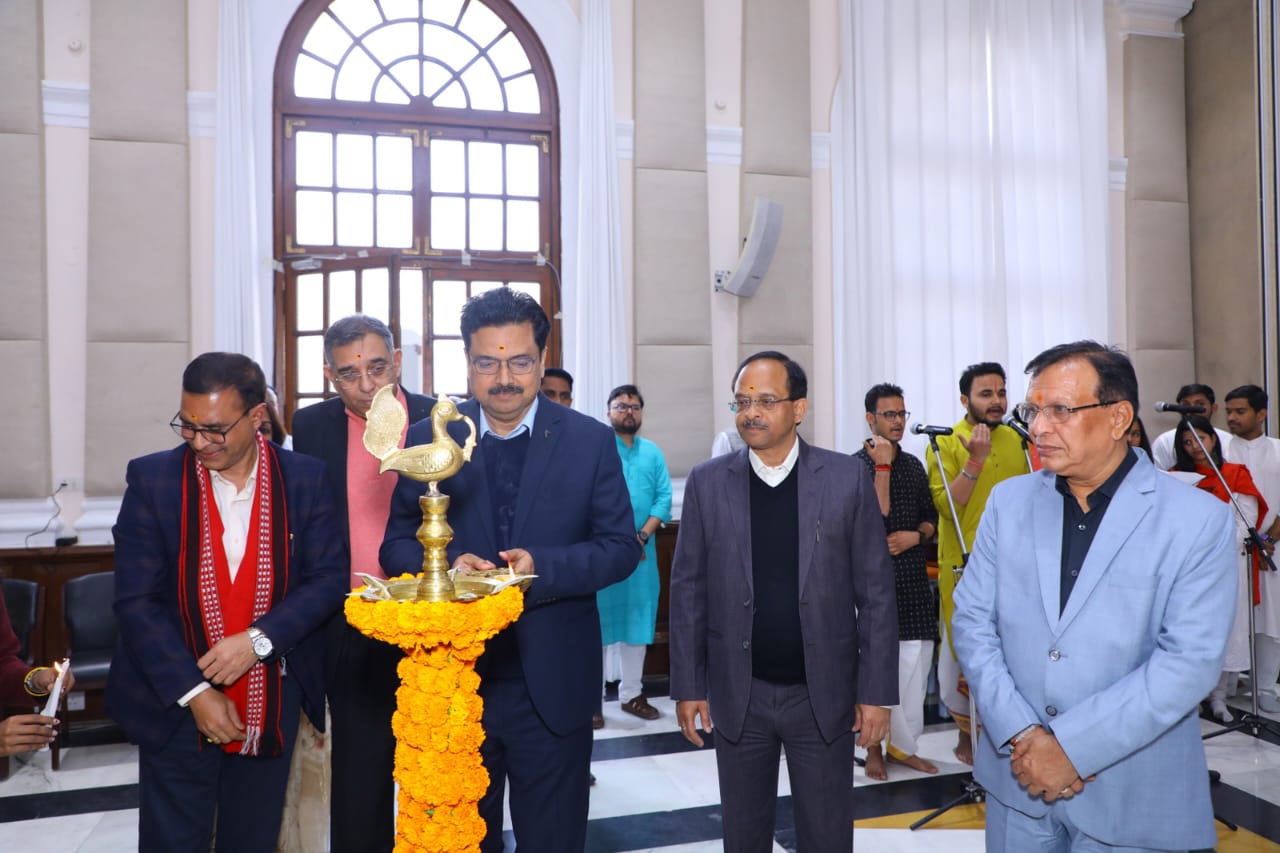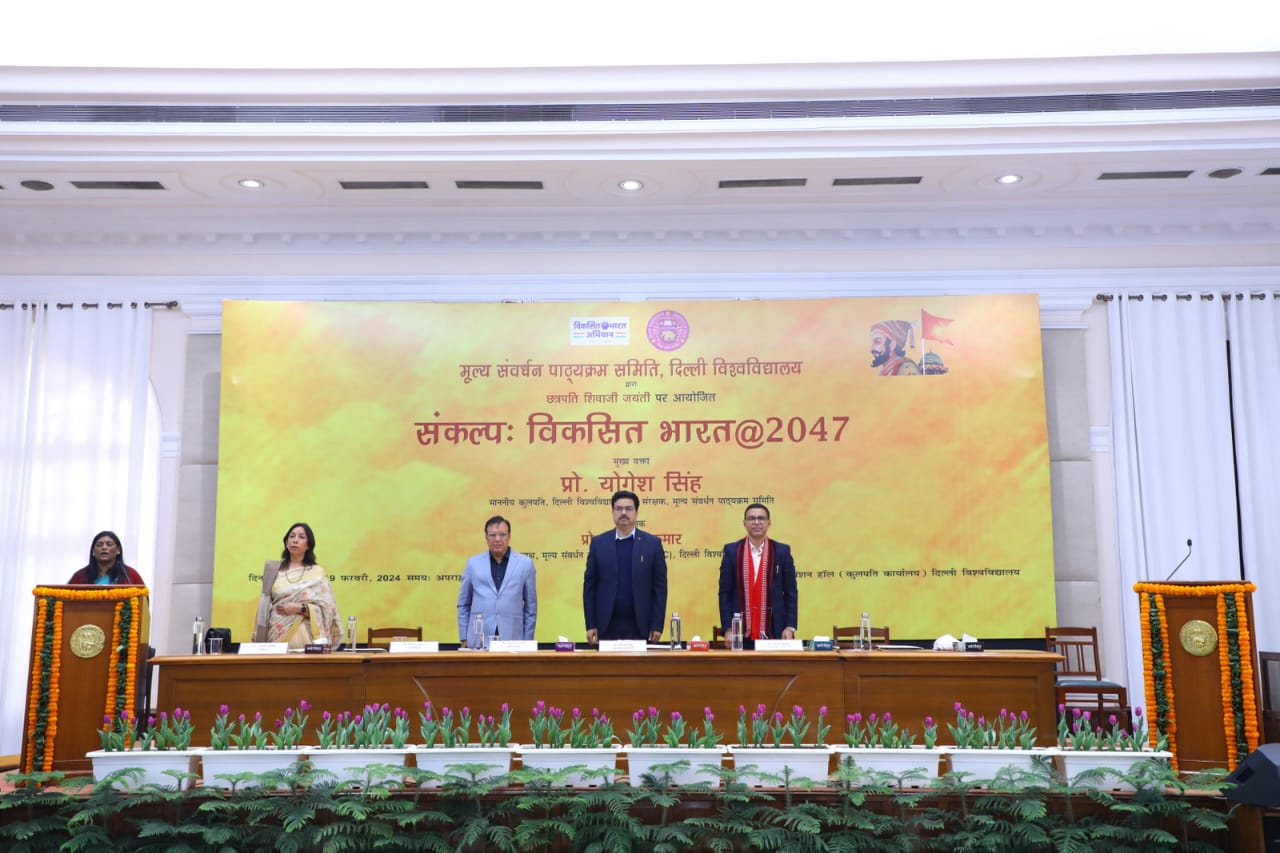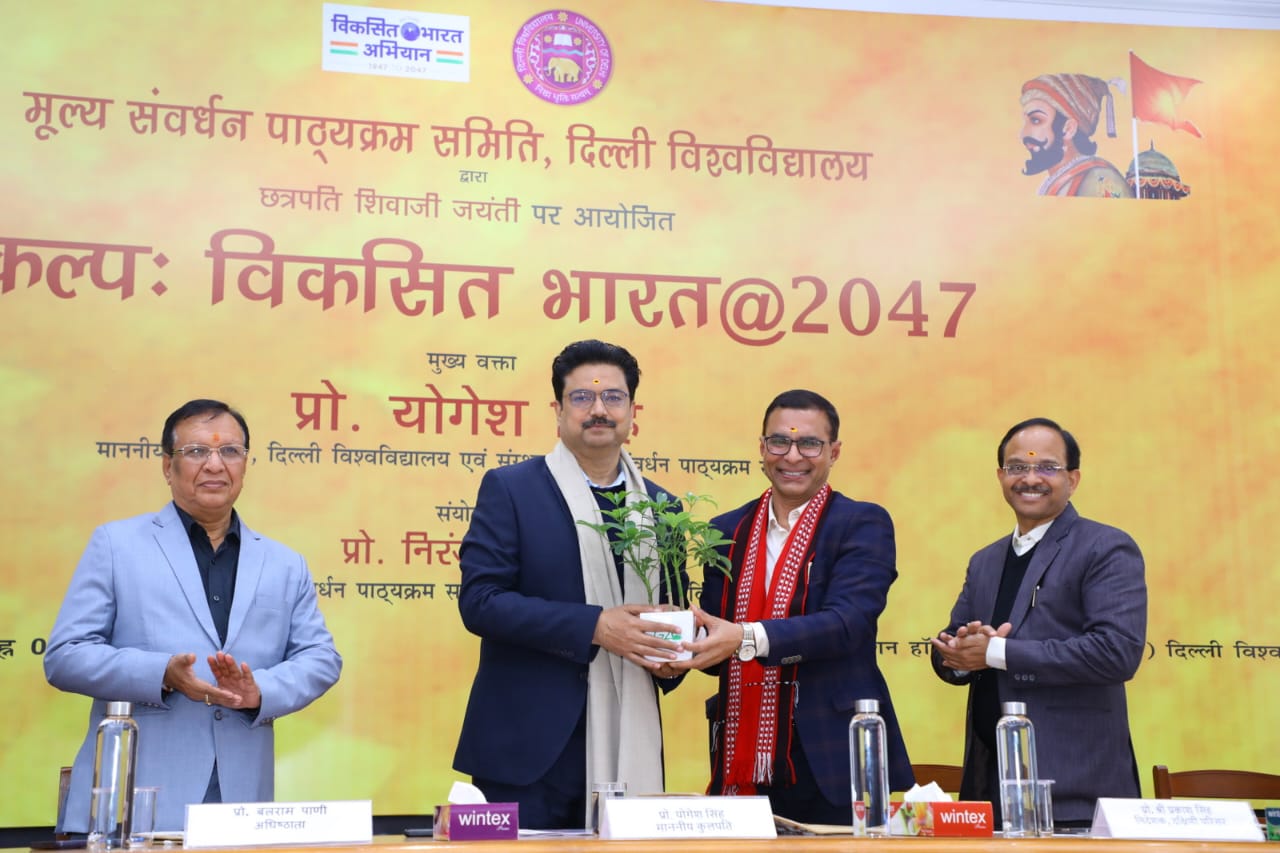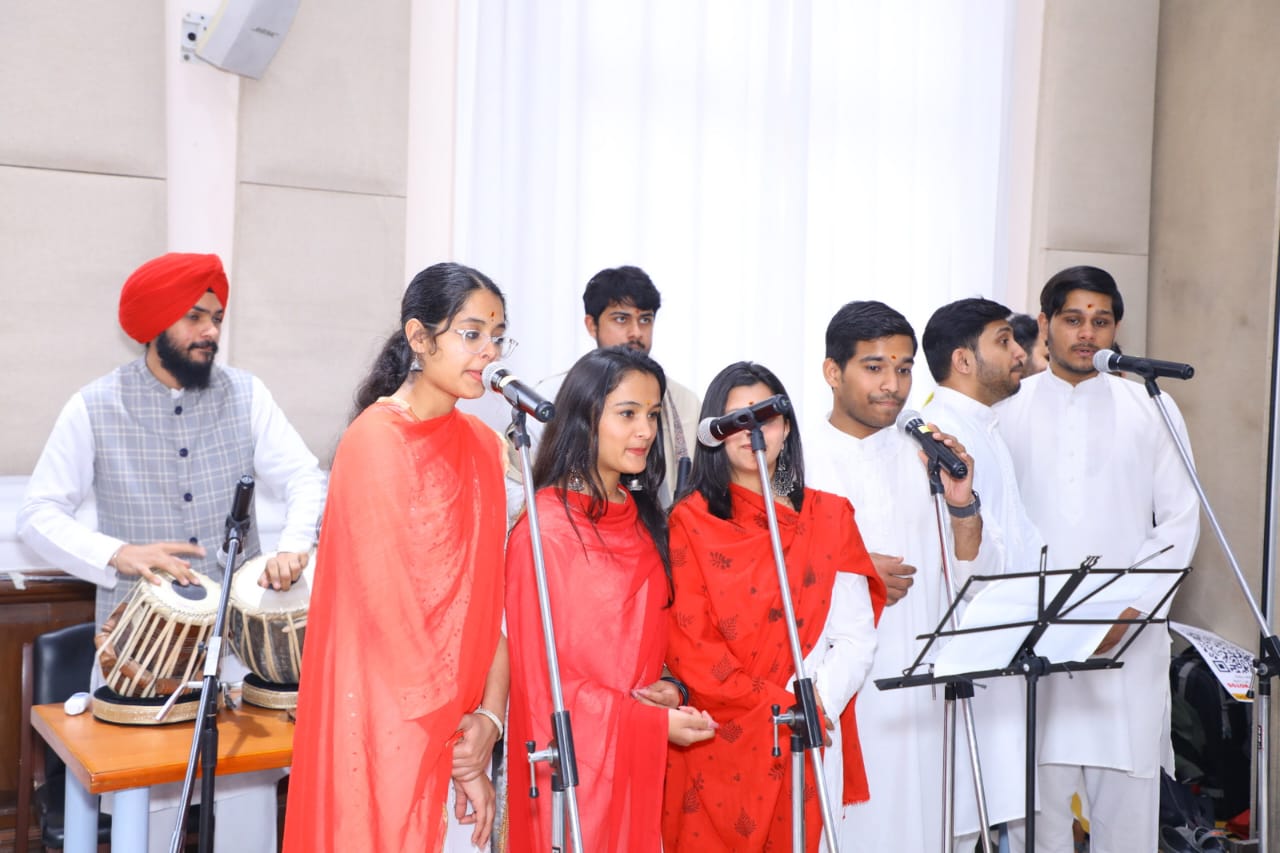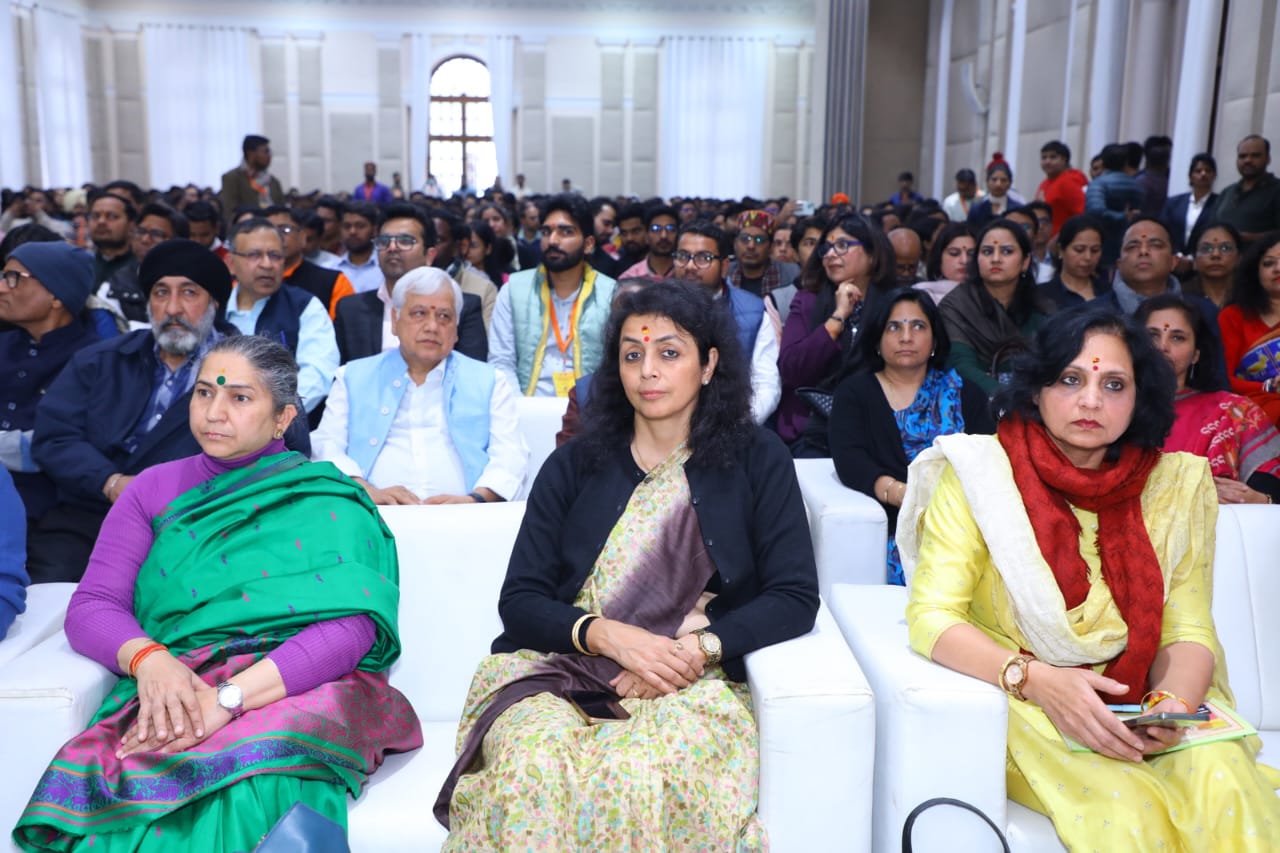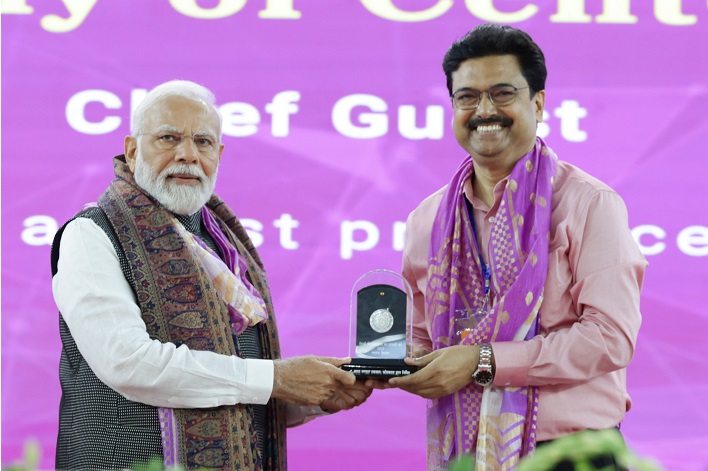collegedetails.in

The University of Delhi is a premier university of
the country with a venerable legacy and international acclaim for highest
academic standards, diverse educational programmes, distinguished faculty,
illustrious alumni, varied co-curricular activities and modern infrastructure.
Over the many years of its existence, the University has sustained the highest
global standards and best practices in higher education. Its long-term
commitment to nation building and unflinching adherence to universal human values
are reflected in its motto: 'Nishtha Dhriti Satyam' 'निष्ठा धृति सत्यम्'
(Dedication, Steadfastness and Truth).
Established in 1922 as a unitary, teaching and residential University by the
Act of the then Central Legislative Assembly, a strong commitment to excellence
in teaching, research and social outreach has made the University a role-model
and trend setter for other universities. The President of India is the Visitor,
the Vice-President is the Chancellor and the Chief Justice of the Supreme Court
of India is the Pro-Chancellor of the University. Beginning with three colleges
and 750 students, it has grown as one of the largest universities in India with
16 faculties, over 80 academic departments, an equal number of colleges and
over seven lakh students. Over 500 programmes offered by the University are
approved by Academic and Executive Councils, out of which 209 programmes are
being considered for NAAC accreditation purpose. The rest being run in colleges
are separately accredited.
Drawing students and faculty from across India and abroad, the University has
emerged as a symbol of excellence, integrity and openness of mansa (thought),
vaacha (speech) and karmana (action).
Sir Maurice Gwyer, the then Vice-Chancellor,
realizing the importance of a distinguished
faculty to act as role models, relentlessly searched for
talent all over the country and roped in men of eminence to
this University, such as Prof. D.S. Kothari in Physics, Prof. T.R. Sheshadri in
Chemistry, Prof. P Maheshwari in Botany and Prof. M L Bhatia in Zoology.
Five Departments namely Chemistry, Geology, Zoology,
Sociology and History have been awarded the status of the Centres of Advanced
Studies. These Centres of Advanced Studies have carved a niche for themselves
as centres of excellence in teaching and research in their respective areas. In
addition, a good number of University departments are
also receiving grants under the Special
Assistance Programme of the UGC in recognition of their outstanding
academic work. 10 Departments (Germanic & Romance Studies, Hindi, Persian,
Geography, Music, East Asian Studies, Anthropology, Mathematics, B.R.Ambedkar,
M. I.L.) are getting grants under DRS, 2 Departments (Buddhist Studies,
English) are getting grants under DSA, 3 Departments (English, Buddhist Studies,
Social Work) are getting grants under AISHSS and 3 Departments (African
Studies, East Asian Studies, Developing Countries Research Centre) are getting
grants under Area Studies Programmes. Department of Adult, Continuing Education
and Extension and Women’s Studies & Development Centre of the University
are also getting special funding from UGC. The University today boasts of as
many as 15 big libraries apart from libraries in colleges. The University
Science Instrumentation Centre (USIC) which is now situated close to the
Physics and Chemistry Departments houses a number of sophisticated and high-end
research instruments. These instruments are used quite frequently by Teachers
and Research Scholars of postgraduate departments of the University as well as
by many other institutions in Delhi and its neighbourhood. The University has
recently laid fibre-optic network in the North and the South Campuses
connecting all colleges and departments.
When the University of Delhi expanded in many
directions to keep pace with a rapidly growing city, South Campus was
established in 1973 to facilitate access for the residents of South Delhi. It
moved to its present location on Benito Juarez Road, near Dhaula Kuan, in 1984.
The Campus is now spread across 69 acres of green, hilly terrain and its
buildings blend attractively with the natural surroundings. The various
departments are located in the Faculty of Arts and the Faculty of
Inter-disciplinary and Applied Sciences. S.P. Jain Centre for Management
Studies is also located at the South Delhi Campus. Besides these, the Campus
has a good library, a Health Centre, a Bank, a Post Office, DTC Pass Section
and administrative and examination blocks. South Campus also provides some
residential quarters for faculty members and the non-teaching staff. Outstation
students are offered accommodation in three hostels.
VISION
Be an internationally acclaimed University, recognized for
excellence in teaching, research and outreach; provide the highest quality
education to students, nurture their talent, promote intellectual growth and
shape their personal development; remain dedicated and steadfast in the pursuit
of truth aligned with the motto of the University of Delhi “Nishtha Dhriti
Satyam” and serve humanity through the creation of well-rounded, multi-skilled
and socially responsible global citizens.
MISSION
Foster all-round development of students through
multi-faceted education and sustained engagement with local, national and
global communities, and nurture lifelong inspired learners from across the
globe in line with our cultural ideal of ‘Vasudhaiva Kutumbakam’.
The university has grown into a huge with changing
times. Delhi University commands 86
academic departments, 77
colleges, 16 faculties, and 5 other institutes across the city.
Delhi University is the top choice of students for
pursuing higher education. Honorary degrees have been conferred to eminent
persons like former Delhi Chief Minister Sheila Dixit, versatile actor Amitabh Bachchan, former
Prime Minister of the United Kingdom Gordon
Brown, and Chemist C.N.R
Rao Cartoonist R.K.
Laxman.
Delhi
University-affiliated colleges have been spread across Delhi, but it is mainly
divided into two campuses: North Campus and South Campus. Zakir
Hussain, which is situated in Central Delhi, is the oldest college
which is 300 years old.
North Campus
The following colleges are included in the North
Campus:
South Campus
Following are the institutes and colleges that are
part of the South Campus:
Delhi University scholarship eligibility criteria may differ from course to course. Students must check the eligibility criteria first before applying for the scholarship programs. Students may apply for DU scholarships by following the steps mentioned below:
The Delhi University campus is spread
across four campuses and 90+ reputed colleges. The university is known for its
eye-catching infrastructure and facilities that contribute towards the overall
development of students. There is a library in all the colleges that gives
access to the best books and e-resources. Overall, the DU Library System
includes the Central Library Complex, FMS Library, Central Science Library,
East Asian Studies Library, Law Library, Ratan Tata Library, South Campus
Library and Braille Library, DU hostels are also well equipped
with all necessary facilities for both boys and girls. Students may also take
part in different co-curricular activities like sports, NSS, NCC, etc.
Some important DU facilities are as
follows:

